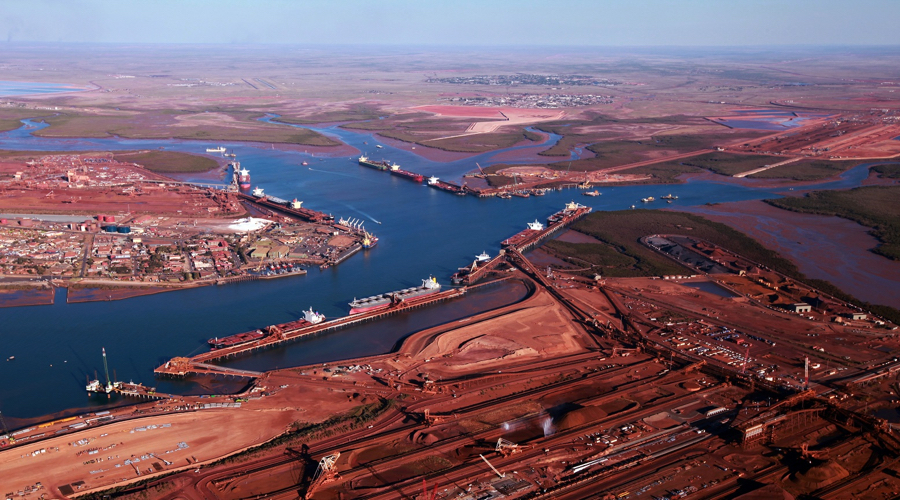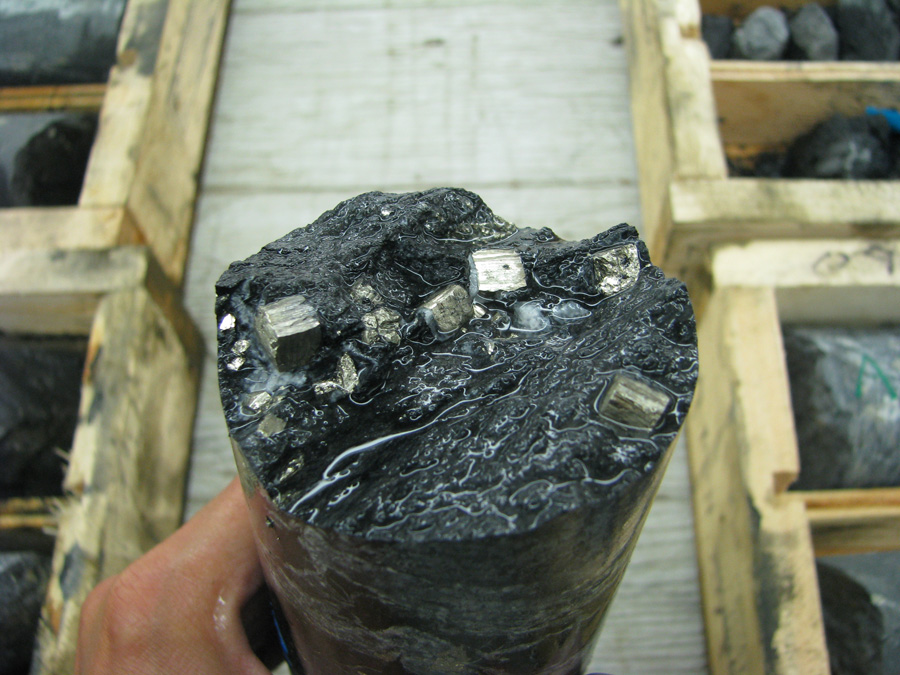Fortescue beats on first-half profit, posts strong dividend

Australia’s Fortescue on Thursday posted a 41% jump in its half-year profit and declared a better-than-expected dividend, supported by strong iron ore shipments and higher prices for its lower grades of the steel-making raw material.
Imports to China, the world’s largest iron ore consumer, hit a record high last year on strong demand as steel makers sought to conserve margins by using more lower grade ore, raising demand for Fortescue’s products.
The world’s fourth-largest iron ore miner said net profit after tax attributable for the six months ended Dec. 31 came in at $3.34 billion, up from $2.37 billion a year ago. It beat an LSEG estimate of $2.89 billion.
The beat on profit flowed in to lift its interim dividend to A$1.08 per share, topping the consensus estimate of A$1.04, and up from A$0.75 apiece declared a year ago. The payout was in the middle of its 50-80% target range.
“The market will take (the) dividend and EBITDA beat as a positive,” Citi analysts said in a note, referring to earnings before interest, tax, depreciation and amortization. Shares in the miner rose 2.2%.
At its Iron Bridge magnetite operations, work is underway to replace a 65-km (40-mile) section of a high pressure water pipeline, expected to be completed by mid-2025, Fortescue said.
Fortescue realized an average revenue of $108.19 per dry metric tonne, as compared with $87.18/dmt in the prior corresponding period and kept its overall full fiscal-year shipment forecast unchanged at 192 million to 197 million tons.
Fortescue also stuck to its spending guidance. Metals capital expenditure is seen at $2.8 billion-$3.2 billion and for its energy division, net operating expenditure of around $800 million and capital expenditure and investments of approximately $500 million.
There was no update around the timing of final investment decisions on green energy projects in Norway, Brazil and Kenya, which energy boss Mark Hutchinson said last month were being readied and which Fortescue had earlier said would be ready at the end of 2023.
There are concerns about how Fortescue will fund those projects, even with free cash flow at $2.65 billion and net debt of $569 million that has halved from June.
Those projects are a 2.1 gigawatt green hydrogen project in Brazil, a 300 megawatt (MW) project in Chui, Kenya, and a 300 MW Holmaneset project in Norway. Goldman Sachs, which has a sell rating on the stock, estimates these projects combined will cost $10 billion-$20 billion.
(By Melanie Burton, Archishma Iyer and Roushni Nair; Editing by Shailesh Kuber and Sonali Paul)
More News
{{ commodity.name }}
{{ post.title }}
{{ post.date }}

Comments